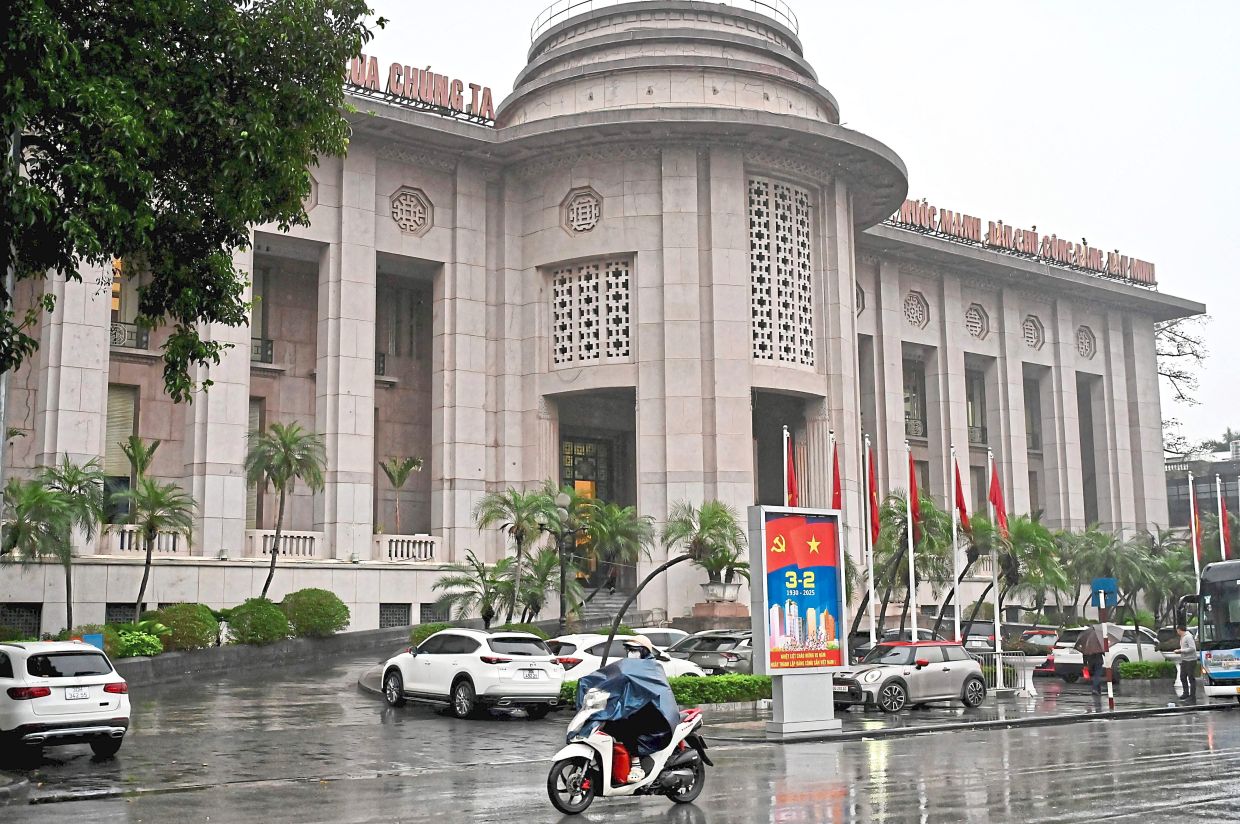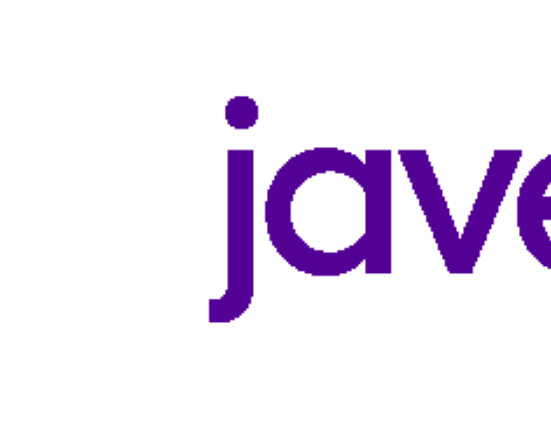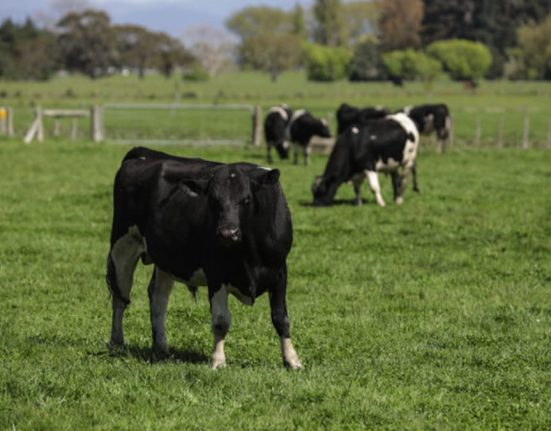HANOI: Prime Minister (PM) Pham Minh Chinh requests the State Bank of Vietnam (SBV) to develop a roadmap to pilot the removal of the credit growth quota regulation from 2026.
Under a new direction on implementing solutions to promote growth, control inflation and stabilise the macro economy, the PM noted that the removal must be accompanied by a system of clear standards and criteria to classify credit institutions that have governance capacity, healthy operations and compliance with safety indicators in banking operations.
The PM also directed the management agency to ensure publicity, transparency and have a strict inspection and supervision mechanism in place to avoid systemic risks, ensure the safety of the credit system and the goal of controlling inflation.
The removal will replace the current administrative management tool with a market mechanism, with an aim to increase the transparency and health of the credit system.
The credit growth quota policy, which puts a cap on the credit expansion of each bank, has been maintained by the SBV since 2011, when Vietnam’s economy was experiencing hyperinflation stemming from excessive money supply.
The tool was used to successfully control the quality of lending and ensure the safety of the banking system and macroeconomic stability.
However, experts said that after over a decade of implementation, this tool is currently inappropriate and was criticised for creating an “ask and give mechanism”, hindering people and businesses from accessing bank loans.
Due to the quota system, even with a monetary surplus, banks cannot lend if they run out of their allotted credit quota.
Experts have suggested that the SBV can choose the best commercial bank group to test the removal of the credit growth policy in its initial phase of implementation.
“The SBV can experiment with allowing about the 15 to 20 best banks to freely increase credit.
“The remaining banks will still have to apply the credit growth cap,” said Nguyen Tu Anh, former director of the Centre for Economic Information, Analysis and Forecasting under the Central Economic Committee.
Under the new direction, the PM has also requested the banking industry to strive to achieve the highest goals in an approved project on restructuring the system of credit institutions associated with bad debt handling in the 2021 to 2025 period.
“In particular, it is necessary to focus on thoroughly handling bad debt, strictly controlling credit in high-risk areas and improving credit quality, limiting new bad debt,” the directive said.
The SBV is required to strengthen supervision and strictly handle violations such as manipulation, cross-ownership and lending to “backyard” enterprises to ensure the safety of the banking system.
The PM has also directed SBV to continue to reduce costs, simplify procedures, promote digital transformation, and prioritise credit for areas such as investment, export, digital economy and green economy.
“The SBV needs to soon complete the mechanism for credit programmes such as supporting young people to buy social housing and the 500 trillion dong package for investment in infrastructure, science and technology, and digital transformation,” the PM said.
The government has also requested the SBV to proactively adjust the credit growth target for 2025 in line with inflation and the annual gross domestic product (GDP) growth target of 8.3% to 8.5%.
“The SBV must resolutely and proactively adjust the credit growth target for 2025 publicly and transparently to be in accordance with inflation and the GDP growth of 8.3% to 8.5%, meeting the capital needs of the economy,” the government said a in resolution dated Aug 5, 2025. — Viet Nam News/ANN
Monetary policies: A farmer works the land in Hung Yen province, Vietnam. The SBV is required to strengthen supervision and strictly handle violations such as manipulation and lending to ‘backyard’ enterprises to ensure the safety of the banking system. — Reuters







